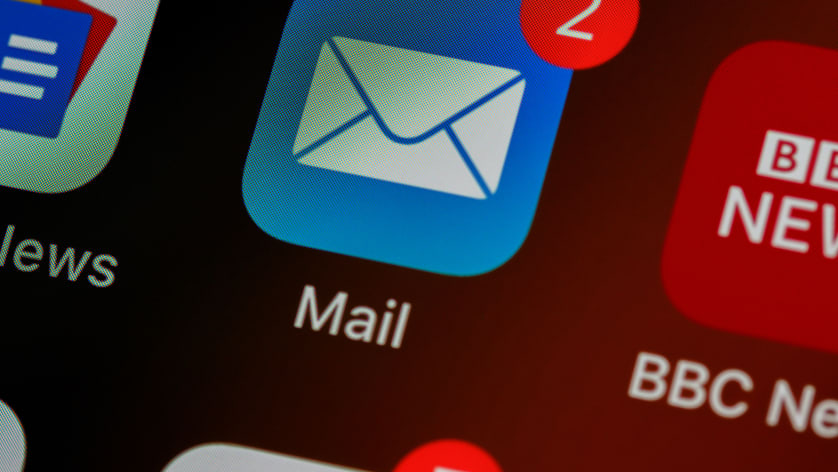The Secret to Better Email Marketing

Email marketing can be improved by using templates instead of starting from scratch every time.
The truth about creating emails is that the process can be tedious, frustrating, and time-consuming. As a result, you and your team may have to use multiple systems, go through multiple QA checkpoints, and run out of time before the deadline you had set for deployment.
Having multiple email templates is one of the best ways to avoid workflow challenges. By improving your workflow and personalizing messages, you will be able to scale your email program and do more A/B testing and optimizing campaigns.
Here is why email templates have proven to be great and valuable.
Work quickly to get the job done
Email designers, developers, and marketers all expect perfection from an email, which can create a lot of back and forth communication and feedback loops.
Creating brand new designs and coding from scratch for each email requires a lot of time and effort. Once the team has come to a consensus about a consistent design, using templates can expedite the process by days. Our new template makes it easy for you to update images and copy, so your email will always feel fresh.
Keep doing what works for you
In order to effectively grow your email program, you need to be able to rapidly implement successful email campaigns while also being able to easily repeat those successes. Email subscribers can be a fickle group; accurately predicting email success is as difficult as forecasting the weather 10 days in advance. Once you find a method that works, stick to it and don't overthink things. The best way to duplicate your success is to use a template.
After you find a successful combination of content and style, create a template so that you can easily substitute new content, and ride the wave of email success. A successful template is the best of both worlds: it’s already built, saving you considerable time, and yet you can still update images and copy to make it feel new for the subscriber.
Stay On-Brand
Consistent emails are key to a cohesive customer experience. It is advisable to mix up your emails from time to time, however, sending out messages that have no resemblance to your brand or website is of no use.
The positive outcome of collaborating as a team to create one template is that all groups have signed off on it. The team has come to a consensus that the template adheres to brand guidelines and will function optimally with our subscribers. Consequently, when duplicating the template, our designers and developers won’t have to review the work—but we can be certain that it will remain on-brand and accurately reflect our organization’s desired image. Furthermore, this process saves a great deal of time for the entire group.
Get rid of rendering errors
The most dreaded feedback that email marketers and developers can get is:
“The email doesn't show correctly for me." The email is ready for production, but an employee who uses Microsoft Outlook on Desktop has found that an image is slightly off-center. While this is frustrating, it's actually good news to receive this feedback during the testing phase, as it's better to discover this now than to have your real customers see it. Upon hearing that the emails are not perfect, it is evident that there is still work to be done before they are sent. Once the developer has fixed the email and ensured that it renders well across all devices and email clients, you can feel confident knowing that the email is ready to become a template.
The next time you utilize the template, the team will have full confidence that the email will look excellent no matter who opens it and what device they use.
Empower Copywriters
Copywriters are often forgotten when it comes to email campaigns. Therefore, copywriters are commonly requested to fill out a template at the eleventh hour. Their input comes after the team has exchanged dozens of ideas. The system as it stands often leaves copywriters working in a Google Doc with little idea about the email’s structure or goals, which can lead to a feeling that their work is unimportant. This is not a desirable outcome, as the copy is very important to the email as a whole.
Templates give copywriters more control over their time, and help them avoid a world of constant feedback cycles and endless Google Docs threads. With a template, copywriters have a clearer understanding of the whole project. This allows them to create emails independently and focus less on project briefs and the constant back-and-forth.
Analyze your effectiveness to improve your productivity.
The "apples to oranges" problem is a common issue when analyzing email data. If you change your email campaign's subject line, copy, content, or template, it becomes difficult to draw conclusions from the results. If you send a terrible email to your best customers, they may still open and click it. However, if you send an amazing email to a group that rarely opens emails, you will see low engagement no matter what.
Templates also help you to analyze your different email campaigns and understand any patterns that emerge. With consistent templates, you can A/B test the effectiveness of images, headlines, and body paragraphs. Once you have found the appropriate header image, you can test the body paragraph for engagement, and so on.
Conclusion
Personalization and customization are essential for email marketing success. However, this does not mean that every campaign should be entirely new. Having to redo everything each time is inefficient and painful. Creating templates will help you avoid this so you can focus on more important things.












